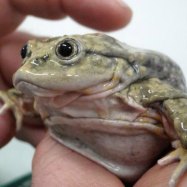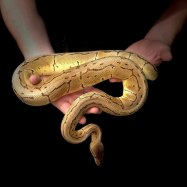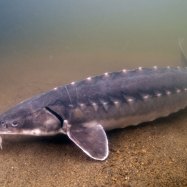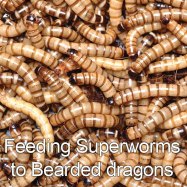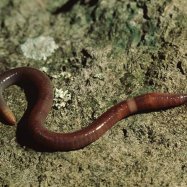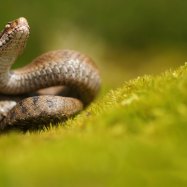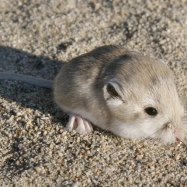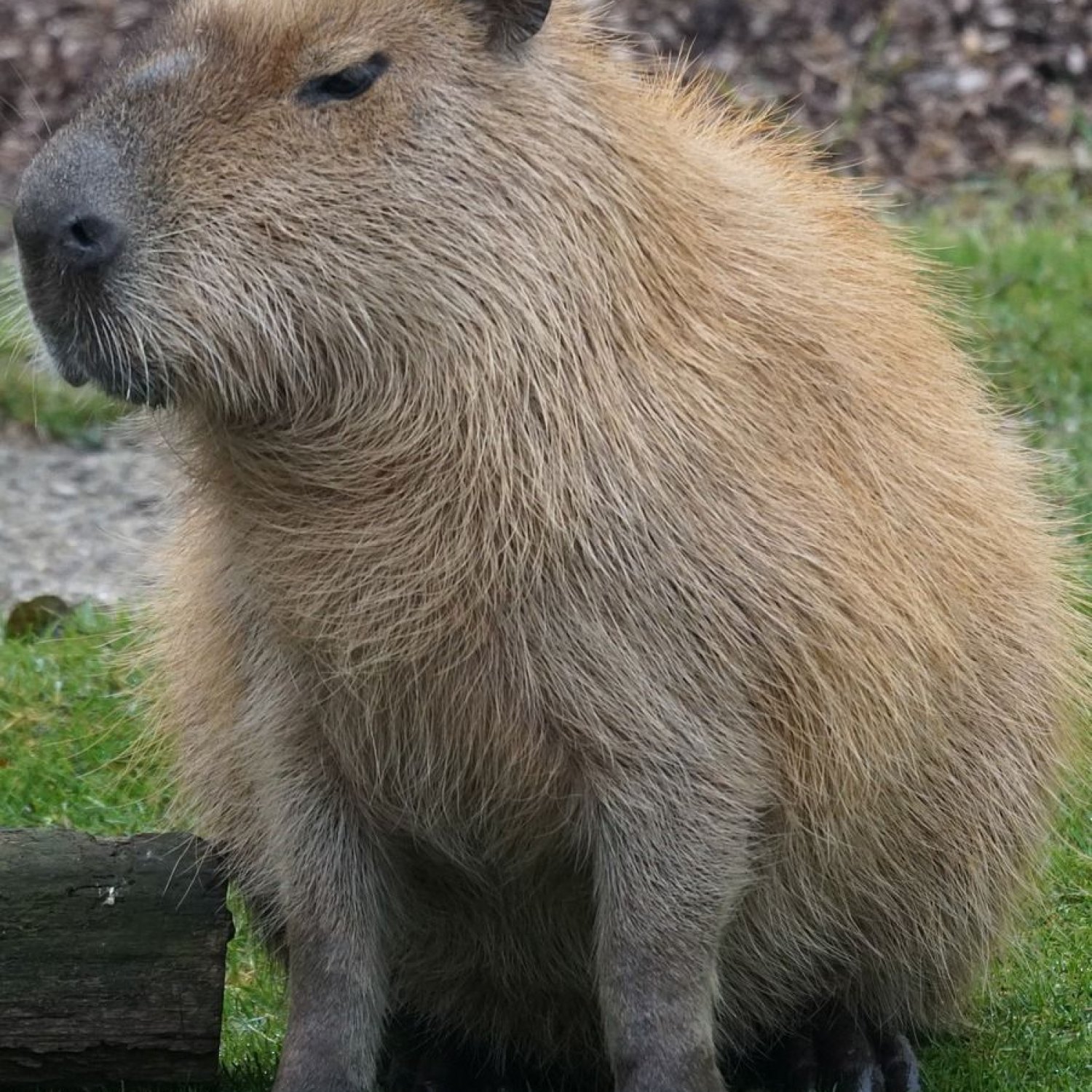
Rodents
Varies
Rodents make up the largest order of mammals, with over 2,200 species falling into the category of animals starting with R. From the common rat and mouse to the unique capybara and porcupine, these creatures can be found all over the world, with varying lengths and body shapes. They belong to different families and are vital for the ecosystem, making them an important part of our planet's biodiversity.
Animal Details Summary:
Common Name: Rodents
Kingdom: Animalia
Habitat: Various
The World of Rodents: A Fascinating and Diverse Group of Animals
The animal kingdom is one of the most diverse and mysterious realms on our planet. In this vast world, we often come across creatures that amaze us with their unique characteristics and habits. One such group of animals that has fascinated us for centuries is the rodents.Rodents, scientifically known as Rodentia, are a large and diverse group of mammals that belong to the order Rodentia Rodents. With over 2,277 species falling under this category, rodents are found worldwide, except for Antarctica. They vary in size, habitat, feeding methods, and physical characteristics, making them a fascinating subject for study and observation.
In this article, we will take you through the extraordinary world of rodents, uncovering their kingdom, phylum, class, order, and family, along with their habitat, feeding habits, geographical distribution, and more.
The Class, Order, and Family of Rodents
Rodents belong to the class Mammalia, making them part of the same group as humans, whales, and monkeys. Within the class Mammalia lies the order Rodentia. The word 'rodentia' is derived from the Latin word 'rodere,' which means 'to gnaw.' This name is apt, as rodents are known for their sharp front teeth that continuously grow throughout their life and are used for gnawing on food and materials.The family of rodents is vast and consists of various subfamilies, including Cricetidae, Muridae, Sciuridae, and Caviidae. The two most well-known subfamilies are mice and rats, which both belong to the family Muridae Rhamphosuchus. Squirrels, chipmunks, and prairie dogs are part of the family Sciuridae, while guinea pigs belong to the family Caviidae.
The Kingdom and Phylum of Rodents
Rodents, like all other animals, belong to the kingdom Animalia, making them multicellular eukaryotes. This kingdom comprises a diverse group of organisms that range from small insects to large whales.Rodents fall under the phylum Chordata, meaning they have a notochord or a "nerve cord" running down their back. This phylum is divided into three subphyla, including vertebrata, the group to which rodents belong. This subphylum includes all animals with a backbone or vertebral column.
Habitat and Geographical Distribution of Rodents
One of the most intriguing aspects of rodents is their diverse habitats and geographical distribution. These small mammals are found in almost every corner of the world, except Antarctica, making them one of the most widely distributed animal groups.Depending on the species, rodents can be found in a variety of environments, including forests, grasslands, deserts, and even urban areas. Some rodents, like the cane mouse and the house rat, are well-adapted to living among humans and are commonly found in suburban and urban areas.
While rodents are found worldwide, their distribution and habitats vary according to their geographical location. For example, kangaroo rats are found in North America, while tree kangaroos can be found in the forests of New Guinea. This diversity in habitats and locations makes rodents a vital part of many ecosystems.
Feeding Habits of Rodents
Herbivorous by nature, rodents feed on plants, fruits, nuts, and seeds. However, some species are opportunistic feeders and may also eat insects, small animals, and carrion. Some rodents, such as the beaver, have large incisors for gnawing through tree bark, while others, like the grasshopper mouse, have strong jaws for cracking open seeds.The ability to adapt to a variety of food sources has allowed rodents to thrive in various habitats and environments. Some species, such as the prairie dog, play a crucial role in maintaining the balance of their ecosystem by grazing on grass and controlling its growth.
Physical Characteristics of Rodents
As we mentioned earlier, rodents are a diverse group of animals, and their physical characteristics vary considerably depending on the species. Some rodents, like the capybara, can weigh over 100 pounds, while others, like the African pygmy mouse, can fit in the palm of your hand.Rodents have a wide variety of body shapes and sizes, with some species having long, slender bodies and others having more round and compact bodies. Their fur coloration also varies, with some species having vibrant patterns and others being more plain and dull in color.
While rodents come in many shapes and sizes, one characteristic that is common among all of them is their sharp, continuously growing incisors. These teeth are essential for gnawing, and rodents are known to chew on anything from food to wood and even metal.
The Importance of Rodents in Nature
While rodents are often viewed as pests due to their habit of causing damage to crops and structures, they play a much more significant role in our ecosystem. Rodents serve as a vital source of food for predators, including birds, snakes, and larger mammals.They also play a crucial role in seed dispersal, helping to regenerate plants and maintain the balance of their ecosystems. Additionally, rodents are instrumental in aerating the soil, making it healthier for plant growth.
Fascinating Facts about Rodents
From their unique physical characteristics to their diverse habitats, there are many interesting facts about rodents that make them a fascinating group of animals. Let's take a look at some of these facts:- Rodents, especially rats and mice, have been used extensively in scientific research and have played a significant role in advancements in medicine and genetics.
- The largest rodent in the world is the capybara, which can grow up to four feet long and weigh over 100 pounds.
- Some rodents, like the kangaroo rat, do not need to drink water and are able to extract all the moisture they need from their food.
- The name "squirrel" comes from the Greek word 'skiouros,' meaning "shadow-tailed."
- Chipmunks and golden-mantled ground squirrels have a special cheek pouch that they use to carry food back to their burrows.
- Some rodents, like the plains pocket gopher, live almost their entire life underground and rarely come to the surface.
Rodents and Humans
Over the years, rodents have often been viewed as a nuisance by humans due to their habit of damaging crops, food storage, and structures. However, rodents have also been a significant influence on human history and culture.Rodents, particularly rats, have been known to spread diseases like the bubonic plague, also known as the "Black Death," which resulted in the death of millions of people in Europe in the 14th century. They have also caused substantial economic damage, with some species causing billions of dollars in damage to crops worldwide.
On the other hand, rodents have also been celebrated in many cultures and are often depicted in art and literature. From the Chinese zodiac's "Year of the Rat" to the famous literary character Rat from "The Wind in the Willows," these creatures have left an indelible mark on our culture.
In Conclusion
Rodents are a fascinating and diverse group of animals that have captured our attention for centuries. From their vast geographical distribution and diverse habitats to their unique feeding habits and physical characteristics, these small mammals are continually intriguing us with their numerous adaptations.While we may have different opinions about these creatures, one thing is for sure: rodents play a vital role in maintaining the balance of our ecosystems and have a significant impact on our lives, whether we realize it or not. So, the next time you see a mouse scurrying across your kitchen floor or a squirrel frolicking in your backyard, take a moment to appreciate the wonders of these unique and resilient creatures.

Rodents
Animal Details Rodents - Scientific Name: Rodentia
- Category: Animals R
- Scientific Name: Rodentia
- Common Name: Rodents
- Kingdom: Animalia
- Phylum: Chordata
- Class: Mammalia
- Order: Rodentia
- Family: Various
- Habitat: Various
- Feeding Method: Herbivorous
- Geographical Distribution: Worldwide
- Country of Origin: N/A
- Location: N/A
- Animal Coloration: Varies
- Body Shape: Varies
- Length: Varies
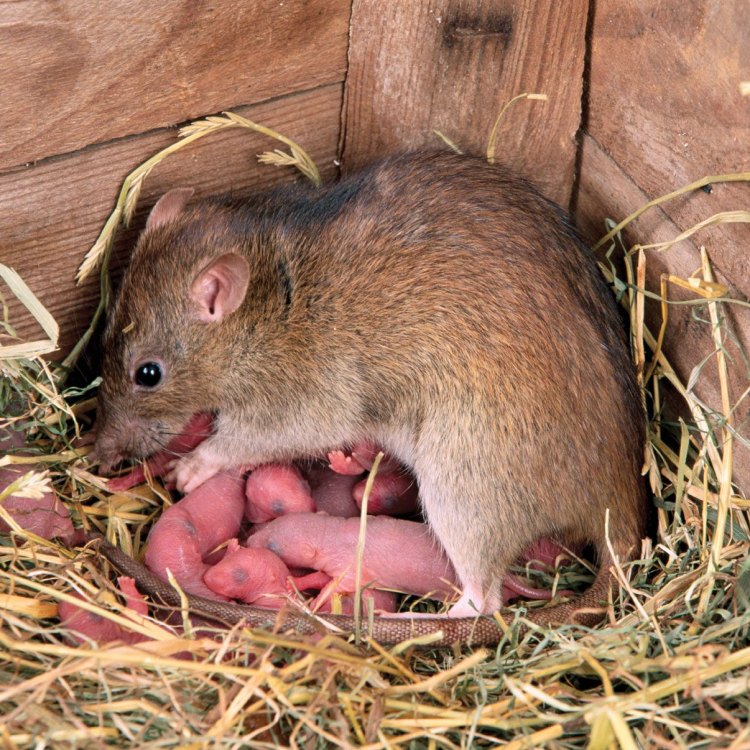
Rodents
- Adult Size: Varies
- Average Lifespan: Varies
- Reproduction: Sexual
- Reproductive Behavior: Varies
- Sound or Call: Varies
- Migration Pattern: Varies
- Social Groups: Varies
- Behavior: Varies
- Threats: Habitat loss, climate change, pollution, predation by humans and other animals
- Conservation Status: Varies
- Impact on Ecosystem: Seed dispersal, ecosystem balance
- Human Use: Pets, laboratory animals, agricultural pests
- Distinctive Features: Large incisors, constantly growing teeth, capacity to gnaw
- Interesting Facts: They comprise the largest group of mammals, with over 2,000 species
- Predator: Various predators depending on the species
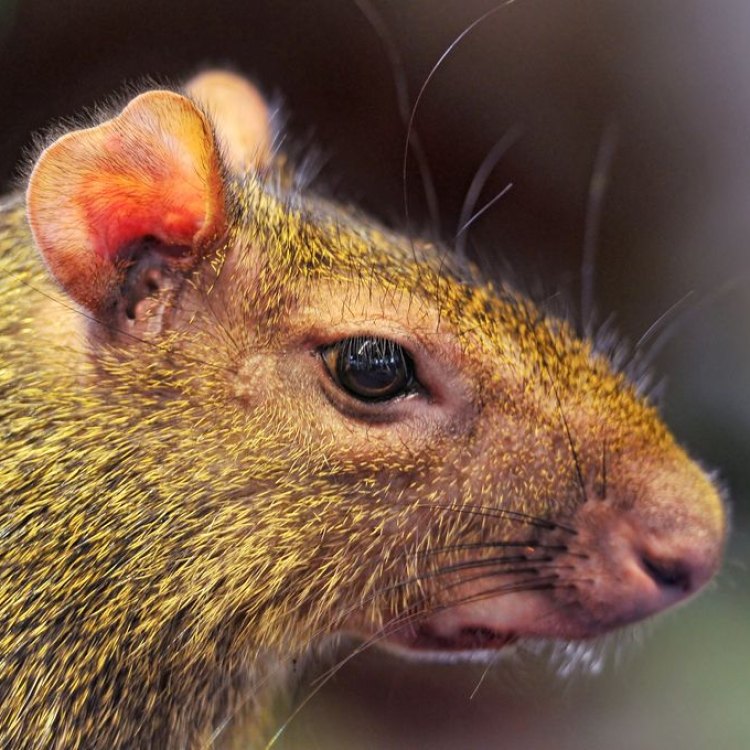
Rodentia
Rodents: The Fascinating and Diverse World of Our Furry Friends
When you hear the word "rodent," what comes to mind? Perhaps a small, four-legged animal with a long tail, scurrying around your backyard or nibbling on cheese in a cartoon. While that may be the case for some species, the world of rodents is much more diverse and fascinating than we may realize. With over 2,000 species and a wide range of behaviors and characteristics, rodents play a crucial role in our ecosystems and have even made their way into our homes as beloved pets. Let's take a closer look at these incredible creatures and uncover the unique features that make them stand out in the animal kingdom PeaceOfAnimals.Com.Size and Lifespan: The first thing to note about rodents is that they come in all shapes and sizes. From the tiny pygmy jerboa, which can fit in the palm of your hand, to the mighty capybara, which can weigh up to 140 pounds, the adult size of rodents varies greatly. This diversity can also be seen in their average lifespan, which can range from three to five years for smaller species, to up to 20 years for larger ones.
Reproduction and Behavior: When it comes to reproduction, most rodents are sexual and mate with a partner to produce offspring. However, their reproductive behaviors can vary greatly depending on the species. Some, like the prairie vole, have monogamous relationships, while others, like the Norway rat, have large litters and multiple partners. In terms of behavior, rodents are also incredibly diverse. Some are solitary creatures, while others live in complex social groups. Some, like the naked mole-rat, are even eusocial, meaning they have a hierarchical system similar to that of bees or ants Royal Penguin.
Sound or Call and Migration Pattern: While the stereotypical image of a rodent might be a quiet creature, the truth is that they are quite vocal. Some species, like the guinea pig, are known for their distinctive squeaks, while others, like the prairie dog, use a variety of different calls to communicate with their kin. When it comes to migration, the patterns also vary greatly. Some species, like the Arctic lemming, have a cyclical migration where they move from their summer to winter habitats, while others, like the common house mouse, do not migrate at all.
Social Groups and Behavior: As mentioned earlier, the social groups of rodents can range from solitary to complex. Many species, such as squirrels and chipmunks, live in groups with a dominant male and several females. These groups often have a system for sharing resources and protecting one another from predators. Aside from social behavior, rodents are also known for their unique behaviors such as nest building, caching food, and even hibernating in some species.
Threats and Conservation Status: Like many other animals, rodents face various threats in their natural habitats. Habitat loss due to human development, climate change, pollution, and predation by humans and other animals are just some of the dangers they face. As a result, the conservation status of rodents varies greatly, with some species being critically endangered, while others are considered least concern.
Impact on Ecosystem and Human Use: Despite their small size, rodents play a crucial role in our ecosystems. They are the primary seed dispersers, helping to ensure that plants and trees can grow and thrive in their habitats. They also help to maintain the balance in the food chain, both as predators and prey. Humans have also found various uses for rodents, from keeping them as pets to using them as laboratory animals and, unfortunately, even considering them as agricultural pests.
Distinctive Features and Interesting Facts: One of the most distinctive features of rodents is their constantly growing incisors. These sharp teeth are necessary for their survival as they use them for gnawing through tough materials such as wood and seeds. Unlike other mammals, rodents do not have a specific place for their teeth to stop growing, so they must constantly chew to keep them at a manageable length. This habit can be both fascinating and destructive.
Finally, let's explore some interesting facts about rodents. As mentioned earlier, they make up the largest group of mammals, with over 2,000 species. One species, the short-tailed chinchilla, was hunted to near extinction for its soft fur, leading to its endangered status. And while they may be seen as simple creatures, some species, like the African giant pouched rat, have been trained to detect landmines and even diagnose diseases like tuberculosis by smell.
Predators: Like any other animal, rodents have their fair share of predators, depending on their species. Snakes, birds of prey, and larger mammals such as cats and foxes are some of their main predators. However, their quick reflexes and agility help them to evade these dangers and survive in their environments.
In conclusion, the world of rodents is one of diversity and wonder. From their various sizes and behaviors to their crucial role in our ecosystems, these furry creatures have much to offer. While they may not always be the most adored animals, it's important to recognize their value and importance in our natural world. So, the next time you see a mouse scurrying by or a squirrel chattering in the park, remember the unique and essential role that rodents play in our planet's delicate balance.
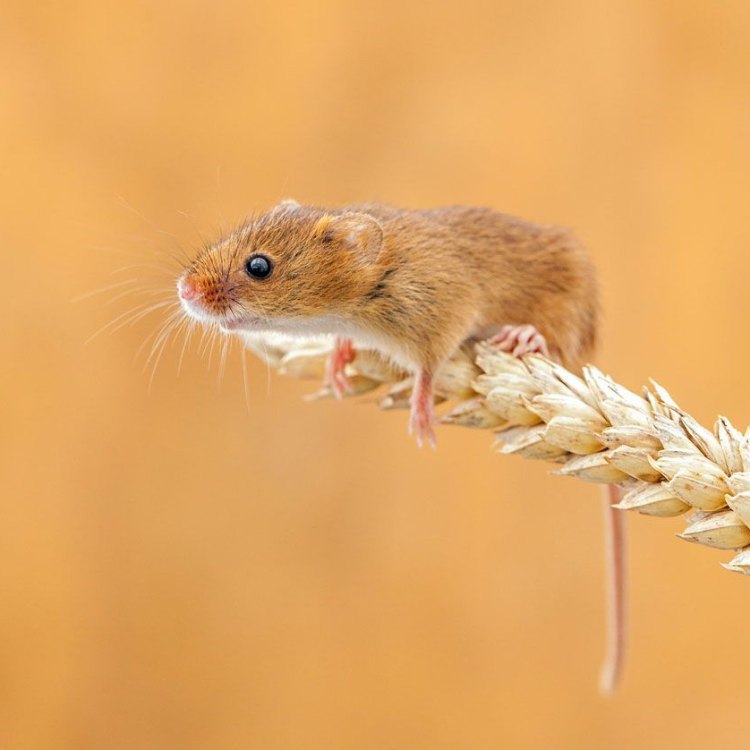
The World of Rodents: A Fascinating and Diverse Group of Animals
Disclaimer: The content provided is for informational purposes only. We cannot guarantee the accuracy of the information on this page 100%. All information provided here may change without prior notice.


